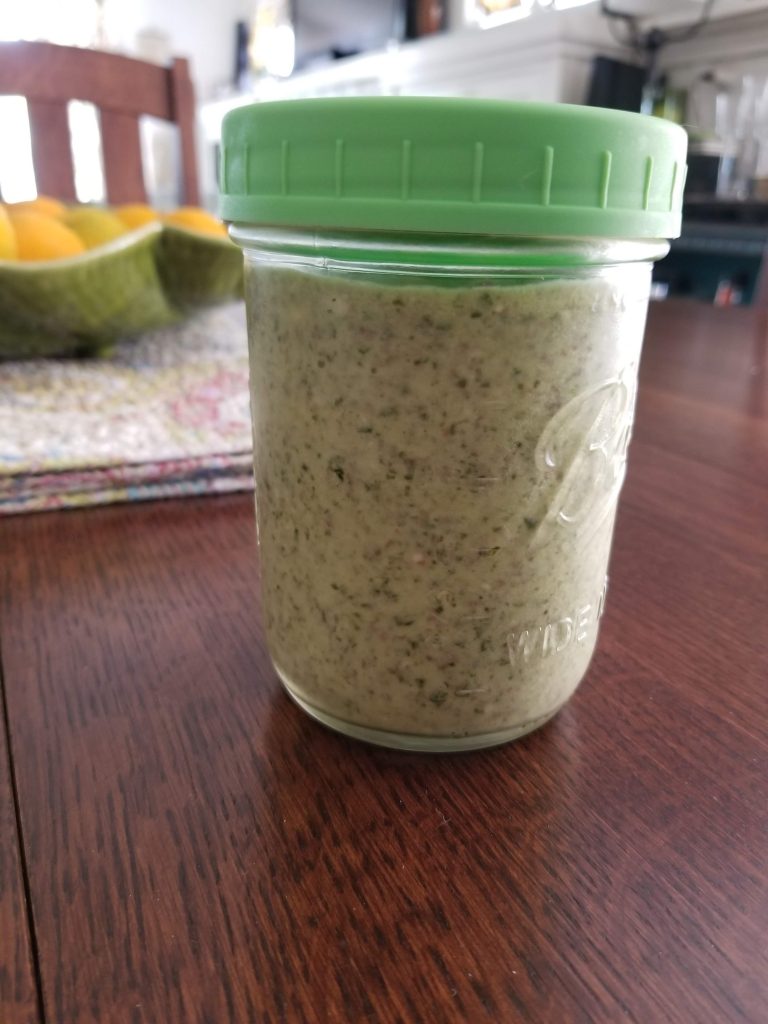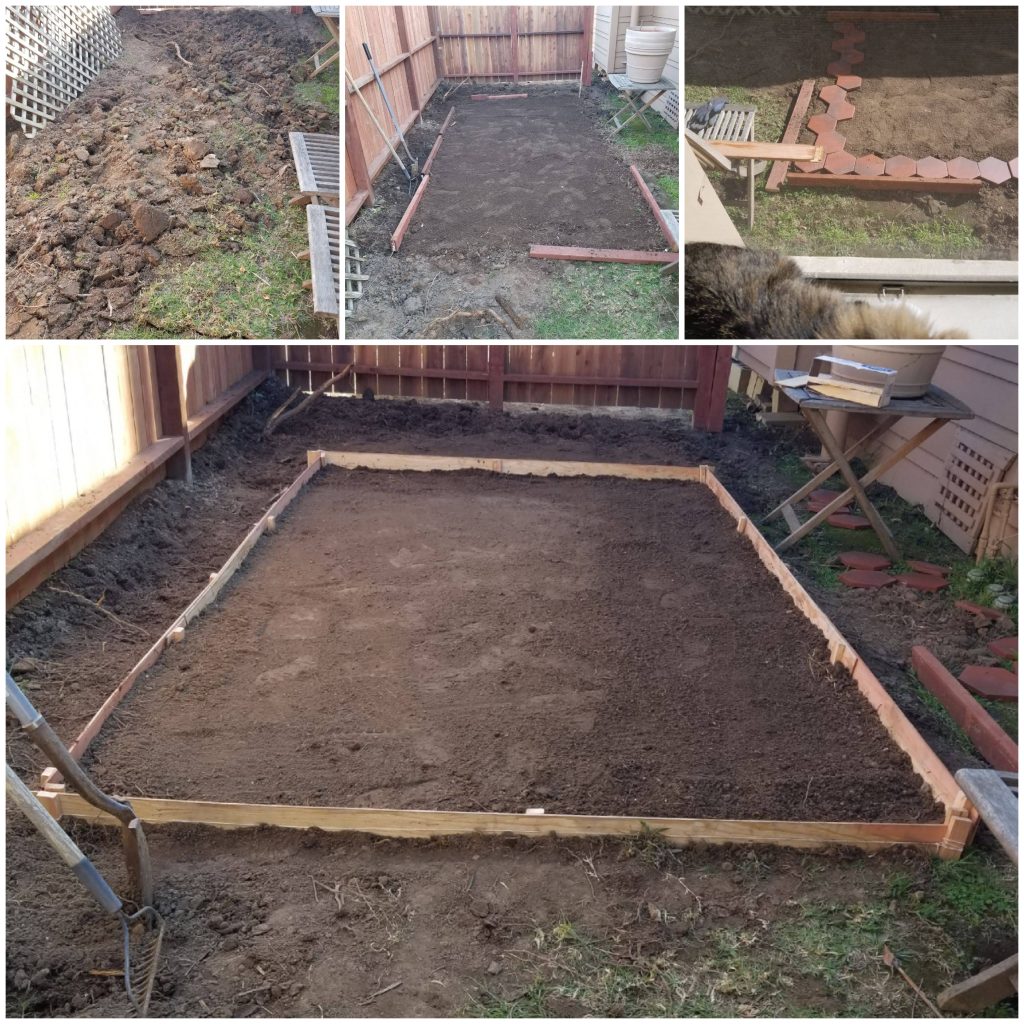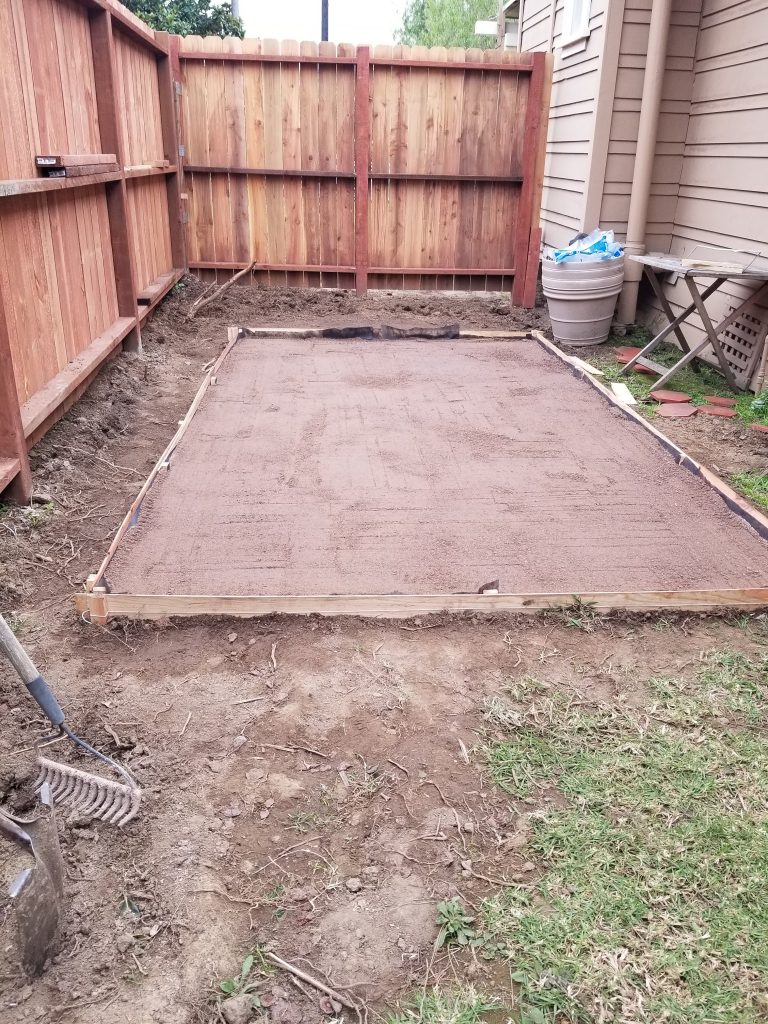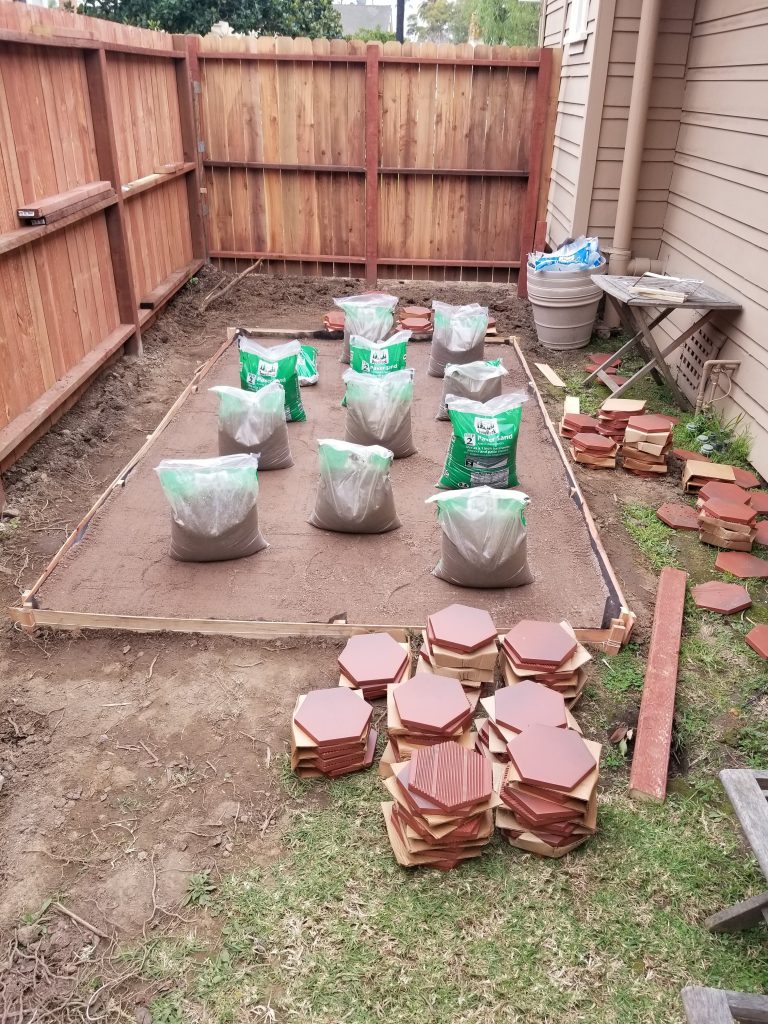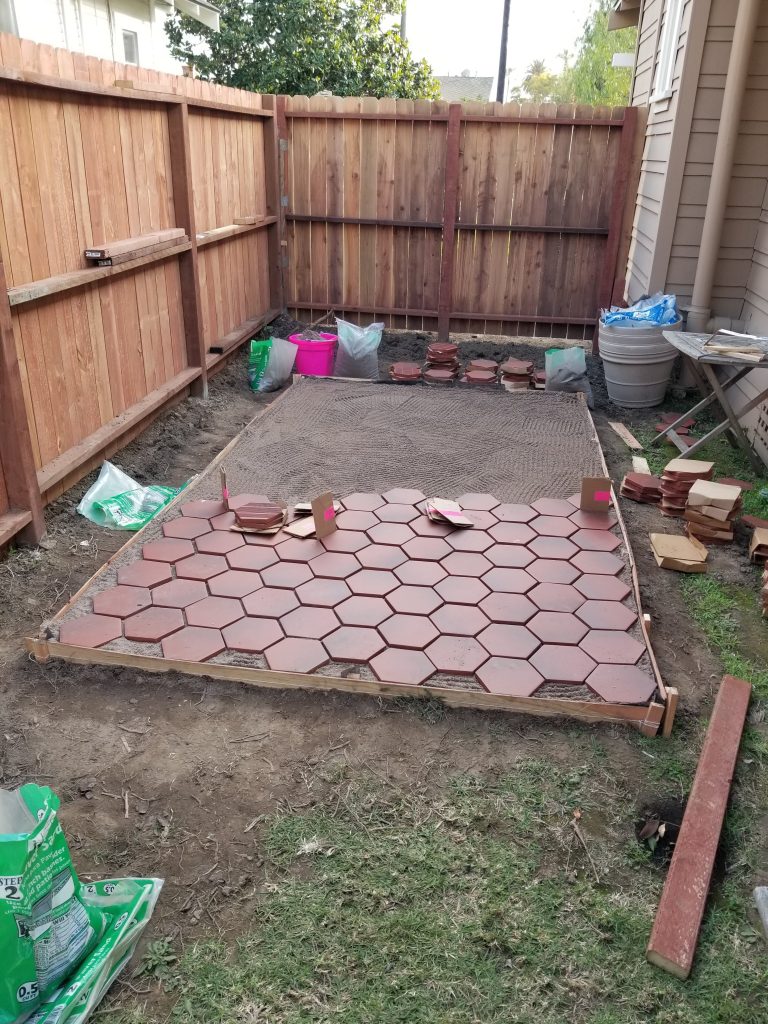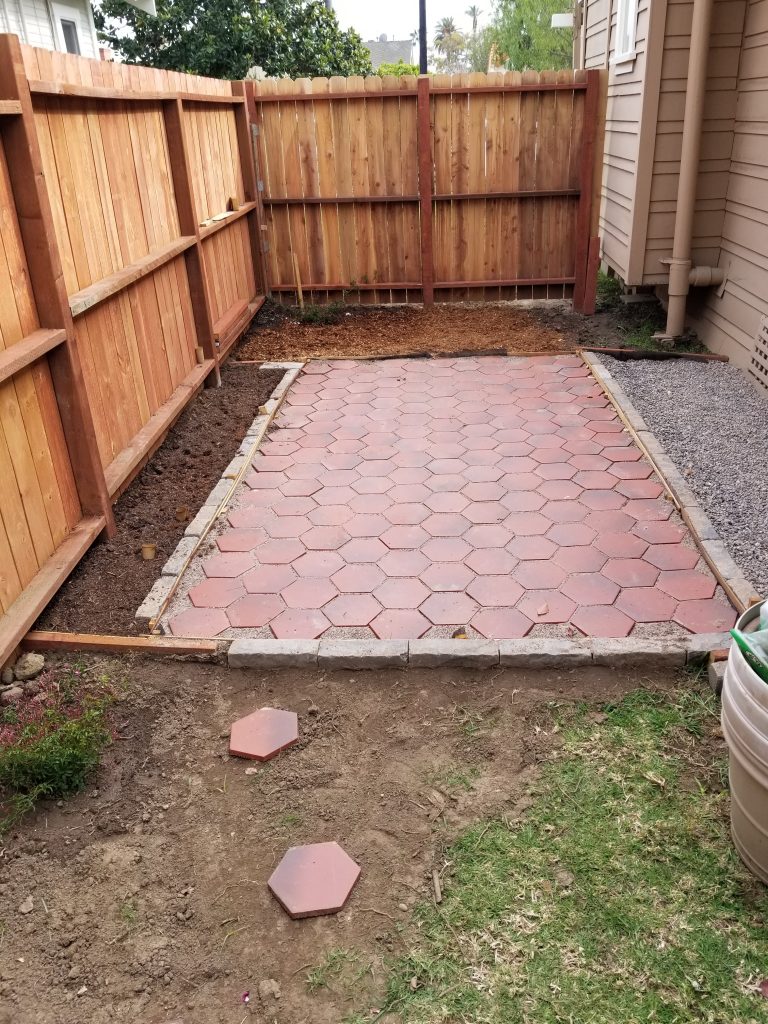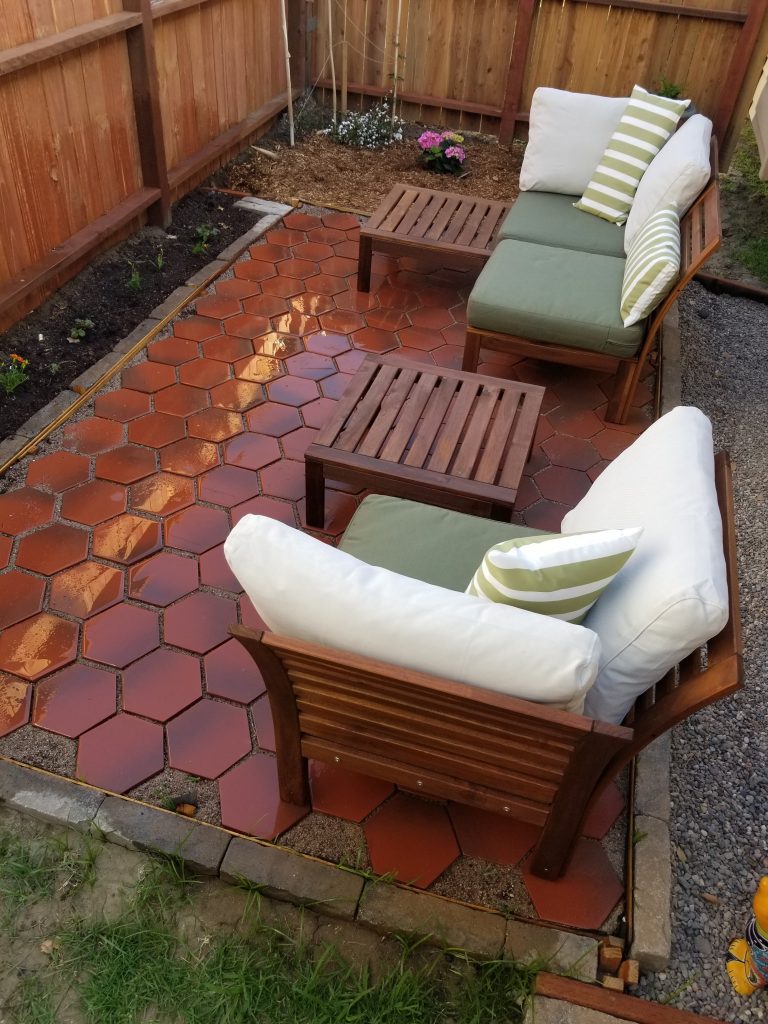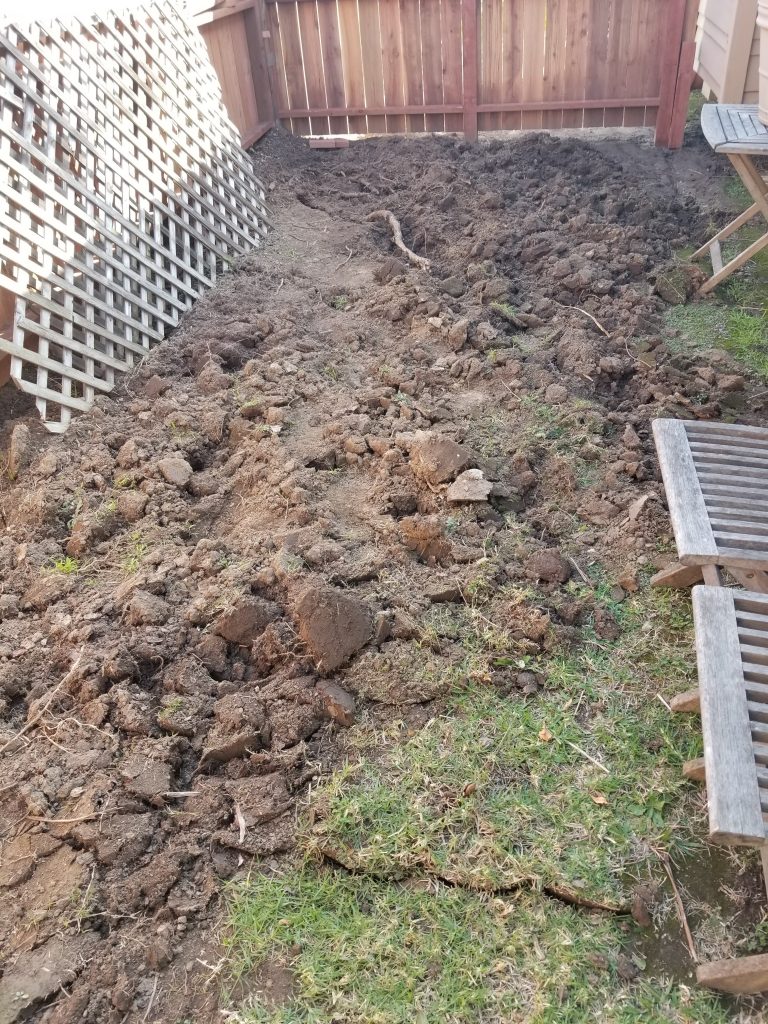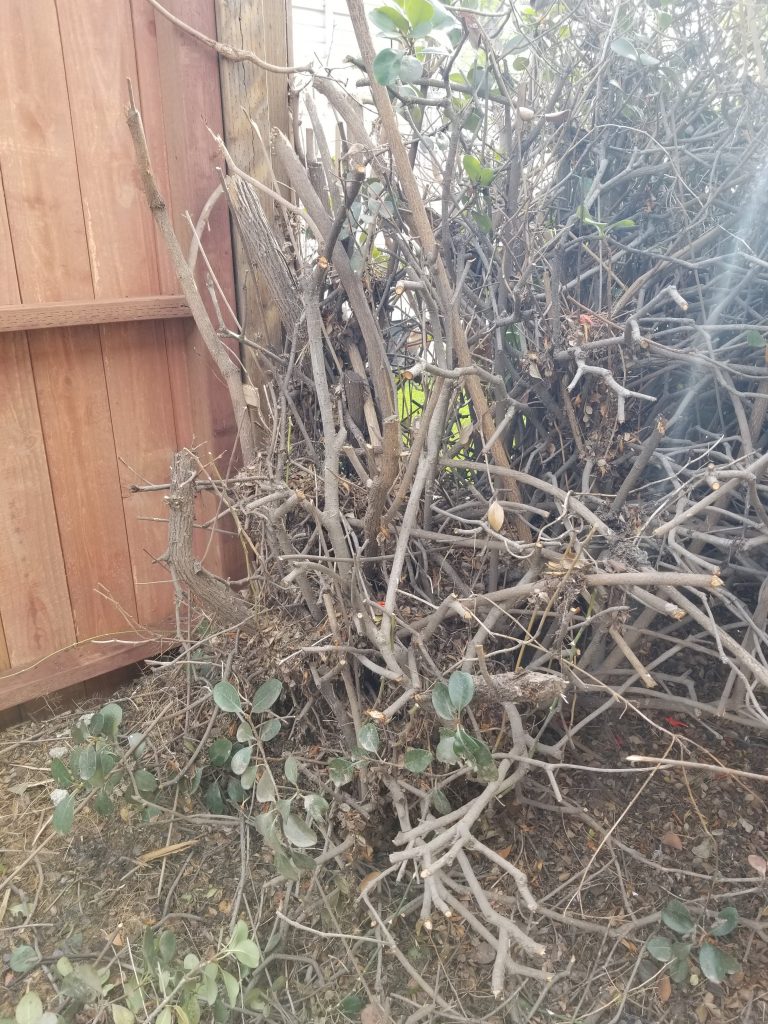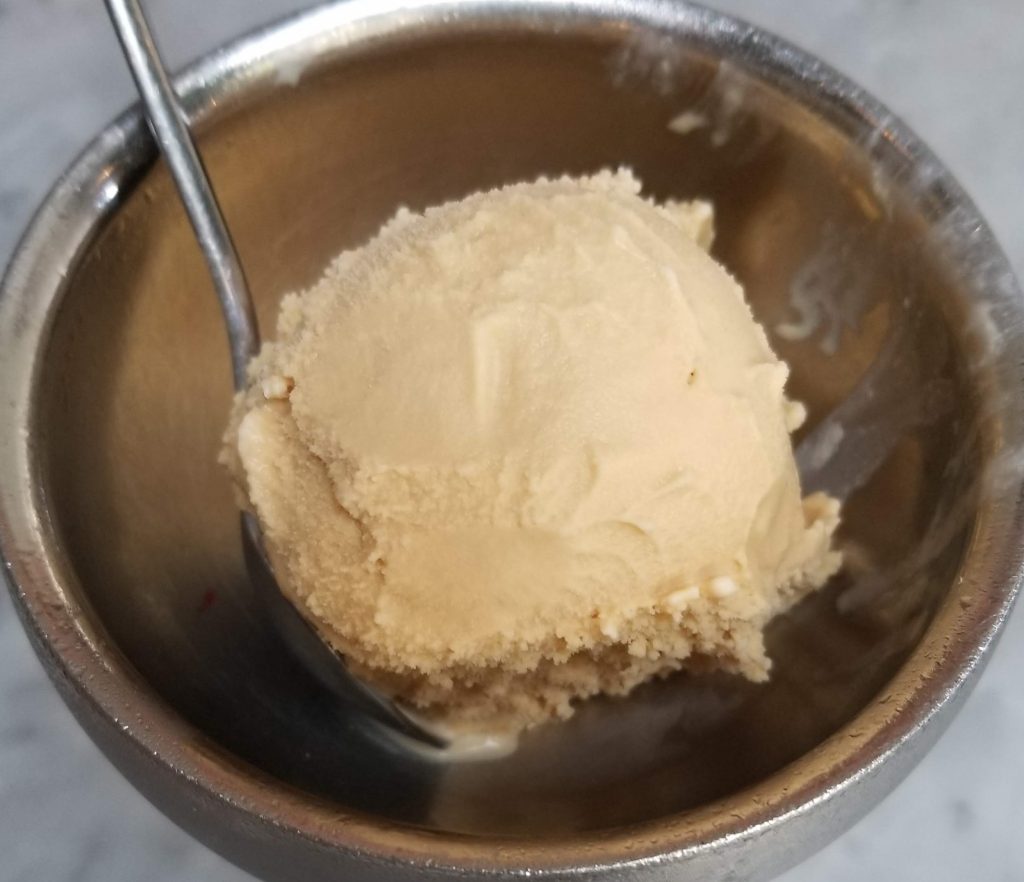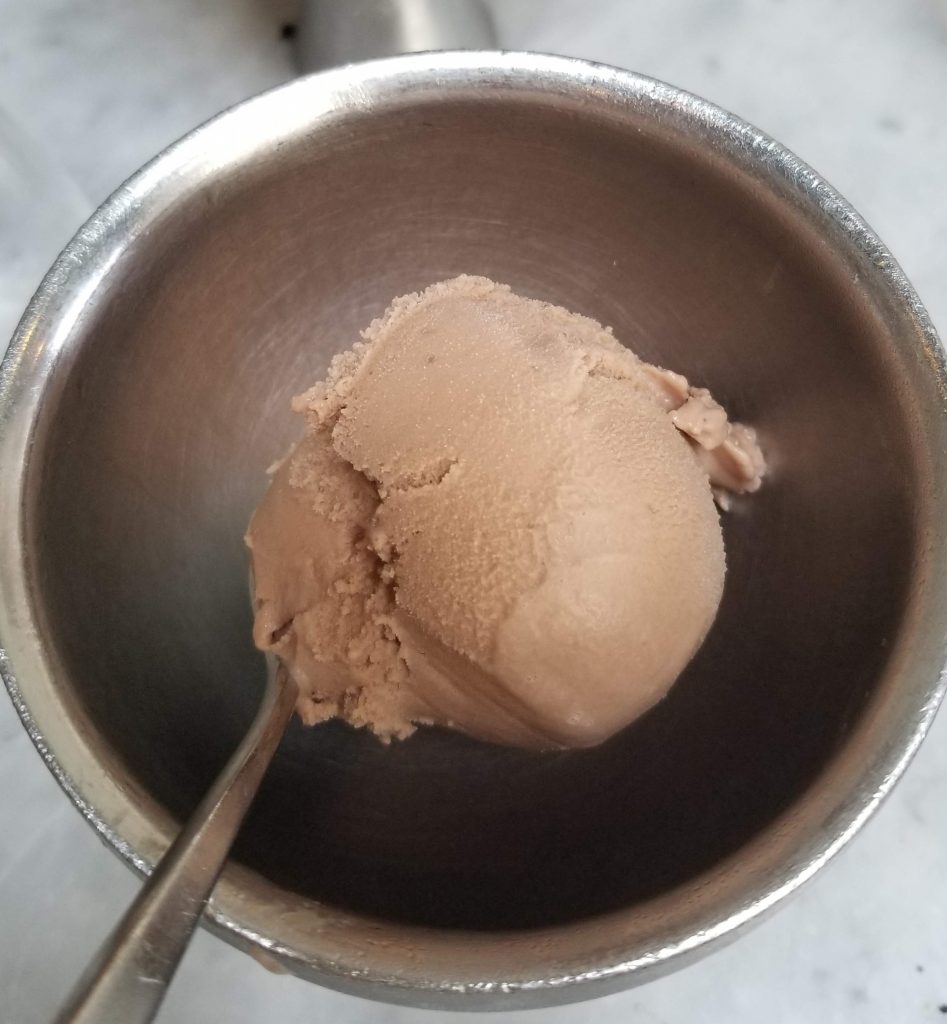Did you know that Traditional Chinese Medicine (TCM) advocates eating orange-colored food this time of year?
Without getting too deep into it, TCM interprets foods that are orange in color to be warming and as the weather gets colder, eating warming foods helps keep the body in balance.
My first thoughts when I think of orange food are memories from many years ago when I worked for a theater company (in administration). On the first day of rehearsal for every new show, there would be a mixer so that all of the administrative and production staff could meet the new cast. It was the tradition to serve what was affectionately called “orange food” — an extravaganza of all manner of orange junk food: Cheetos, goldfish crackers, Reese’s Pieces, you name it, with a tray of carrot sticks thrown in for good measure.
Although I am a big fan of Cheetos, I am pretty sure that it isn’t the kind of orange-colored foods that TCM is promoting. But if you think about it, TCM’s orange-colored food season does coincide with Trader Joe’s everything pumpkin season. Coincidence? Maybe not.
A few weeks ago, I was visiting a friend and she made a butternut squash soup. It was extra special because this friend does not like to cook. The gesture was not only thoughtful, but the soup was delicious. Last week, I was having a hankering for some orange-colored food (tis the season), and was remembering what a fun time we had together, so I decided to see if I could recreate the soup she made.
It was time to dust off the trusty slow cooker and try to whip up my own batch from memory. It didn’t quite turn out the way that I remembered (a hazard of not using a recipe or measuring) but it was still delicious (and easy).
Butternut Squash Carrot Ginger Soup
Ingredients
- One onion, chopped
- Three or four carrots, chopped
- One butternut squash, peeled and chopped
- Garlic (2 cloves or more)
- Some ginger (I used two of the frozen cubes of ginger from Trader Joes – next time I will use more)
- Some turmeric (at least a tablespoon)
- Broth (I used chicken broth)
- Can of coconut milk (I used light because that is what they had when I went to Trader Joes, also, I don’t know if I was supposed to use the whole can, but what was I going to do with the rest of it?)
- Salt to taste
Process
- Sauté the onion, carrots, and squash just to get it going a bit (~5 minutes)
- Add the garlic, ginger, and turmeric, continue to sauté until it starts smelling like something is happening
- Dump the container of broth, stir, cover,
- Switch the cooker to slow and low and go about your day (you could always InstaPot for faster results)
- Come back later (I let mine cook for 6 hours) and blitz it with the stick blender
- Dump the coconut milk in, give it a good stir, see if it needs salt and you’re set (I let it go another hour with the coconut milk in because I wasn’t ready to have dinner yet)
Serving suggestions
- A dollop of sour cream or crème fraiche
- A sprinkle of scallions
- A handful of pomegranate seeds
- Croutons (or a grilled-cheese sandwich on the side)
I like this version much better than the butternut squash soup that I made last year. The next time I make it, I am going to be sure to use a lot more garlic, ginger, and turmeric – I think I would like it a bit jazzier.
Have you been eating more orange-colored food recently (other than Cheetos of course)? Got any great recipes to share?


